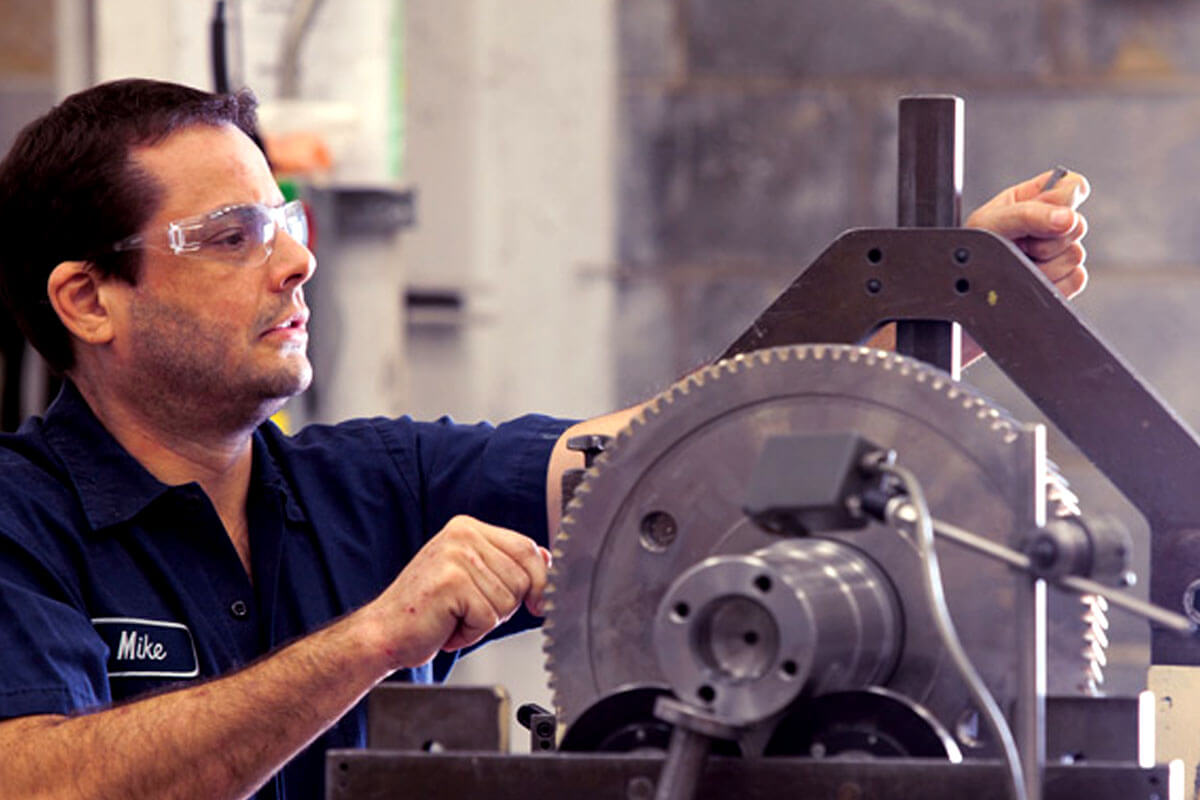OVER 130 YEARS OF PROVEN SOLUTIONS
From repairs to replacement parts and gearbox design, Philadelphia Gear® provides comprehensive services and support to keep your operations running reliably.
CONTACT PHILADELPHIA GEARHave a question? Our expert specialists are standing by to help solve your toughest gearbox challenges.
CONTACT US
Have a question? Our expert specialists are standing by to help solve your toughest gearbox challenges.

